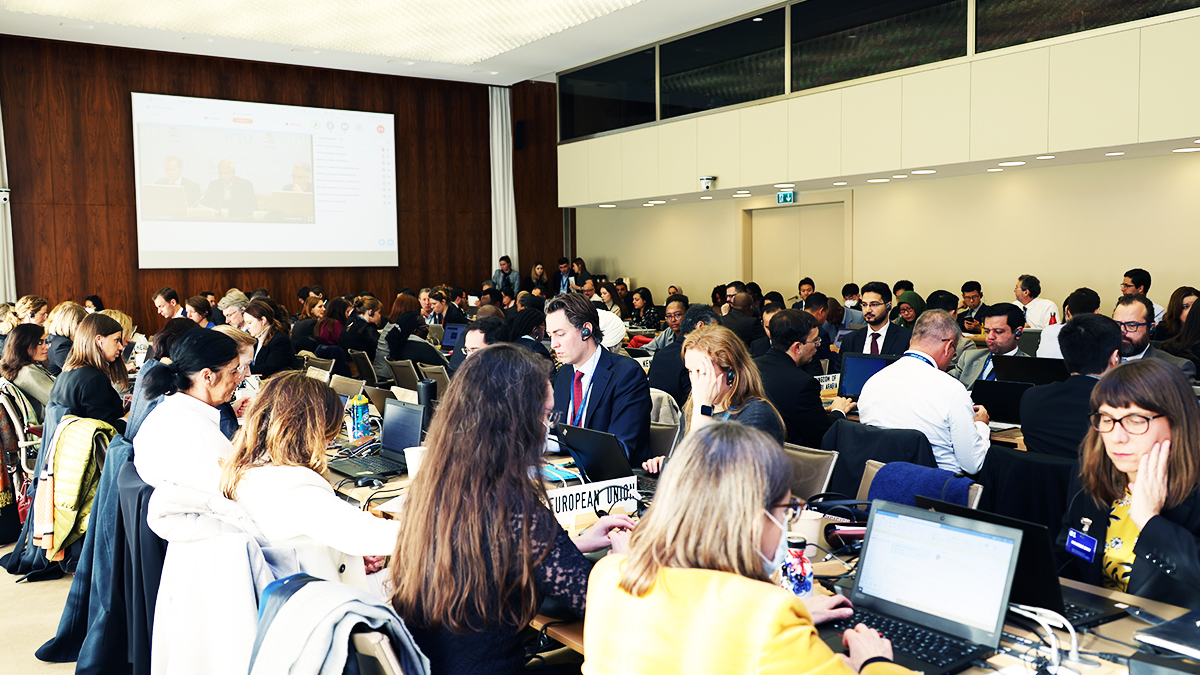Forex trading is like piloting a ship over turbulent waters, especially in a dynamic country like Kenya. The skipper may make a lot of money on this voyage, but the irregular currents and storms require constant vigilance. This kind of vigilance is known as “risk management” in the financial sector, and all traders in Kenya, whether novices or veterans, would do well to familiarize themselves with and implement its core principles.
Awareness of one’s own vulnerabilities is fundamental to effective risk management. Every trader needs to take the time to evaluate their level of risk. The insights they get from this introspection will have significant bearing on their subsequent market actions. Others may fare better by adhering to tried-and-true tactics, while some may prefer taking calculated risks with bigger potential payoffs. Traders’ tactics for managing risk are based on a loss cap they’ve set for themselves.
This self-assessment of risk tolerance, while important, is merely the first step. It is also important to keep the amount of money you risk in each trade to an amount you can comfortably lose. It is generally understood among Forex traders that one should not risk more than 2% of their trading capital at any given moment. A Kenyan trader with a $100,000 KES initial capital would do well to restrict his or her potential losses to $2,000 KES. With this plan, a trader can keep trading and, in principle, make up for prior losses, even if they experience a losing streak.
Beyond safeguarding against losses in single deals, diversification is the next line of defense in a trader’s risk management arsenal. Traders can mitigate the risk of experiencing large losses due to unexpected developments in a single currency or market segment by diversifying their holdings across multiple currency pairs or even considering other financial instruments, as the adage goes, “don’t put all your eggs in one basket.” Kenyan investors can use this app to establish a loss limit that will cause the app to sell their position in the trade if it falls below that limit. Without stop-losses, a trader is like a sailor who sets sail without a compass, hoping the market would turn in his or her favor. Due to the significant degree of volatility in the forex market, stop-loss orders are important.
Dealers, too, need to keep up with developments on a global and domestic scale. Kenya is more susceptible to both domestic and foreign pressures due to the country’s developing economic prowess. It’s important to stay abreast of these developments and grasp how they may impact the forex market. Traders need to be able to anticipate how the market will respond to events as they happen in order to make profitable deals. Constant learning and development are of paramount importance. The market is alive with activity and is always evolving. Today’s winning tactics might not work so well tomorrow. Kenyan businesspeople keep themselves apprised of the latest developments in their field by attending seminars, reading trade publications, and networking with other Kenyan businesspeople.
Opportunities abound in forex trading, especially in a growing economy like Kenya’s. However, there are serious risks involved with this scenario. Good risk management is not about eliminating risks but rather about understanding them, mitigating them, and navigating around them. Traders in Kenya not only protect their funds but also put themselves in a position to take advantage of the vast possibilities presented by the foreign exchange market through a combination of self-awareness, smart tool use, a dedication to lifelong learning, and a stubborn concentration on capital preservation. There will be challenges along the way, but prudent preparation could make the trip worthwhile.

